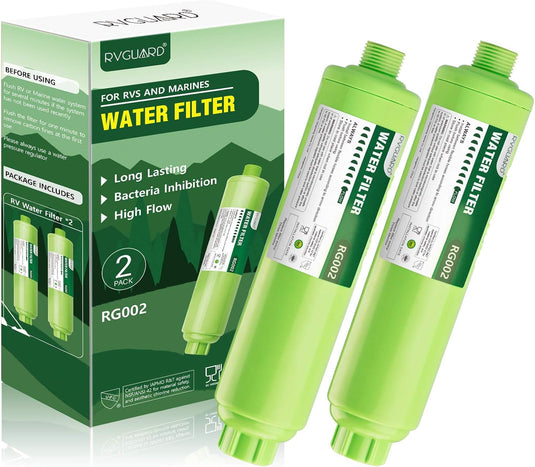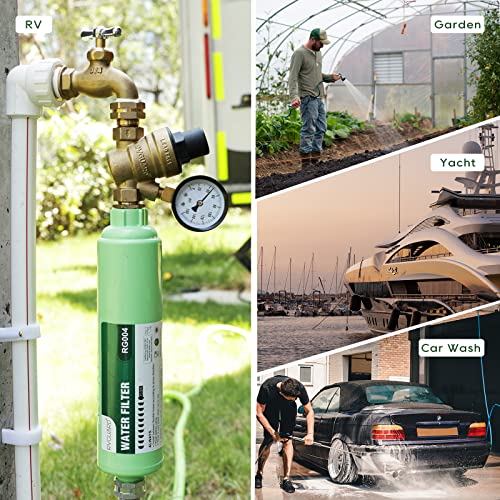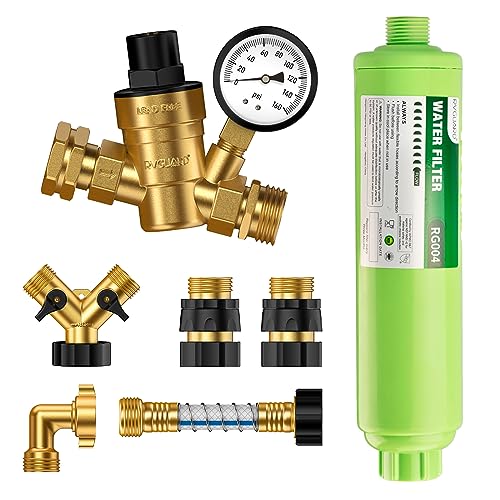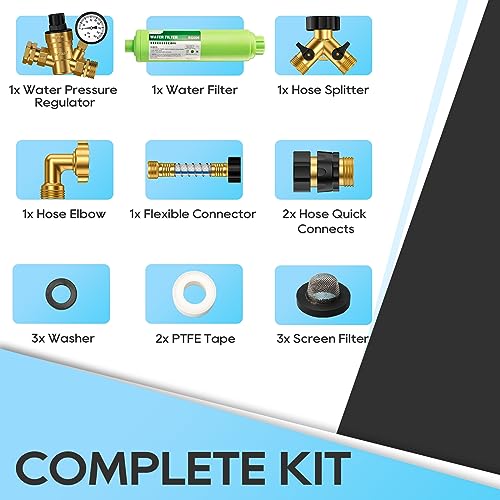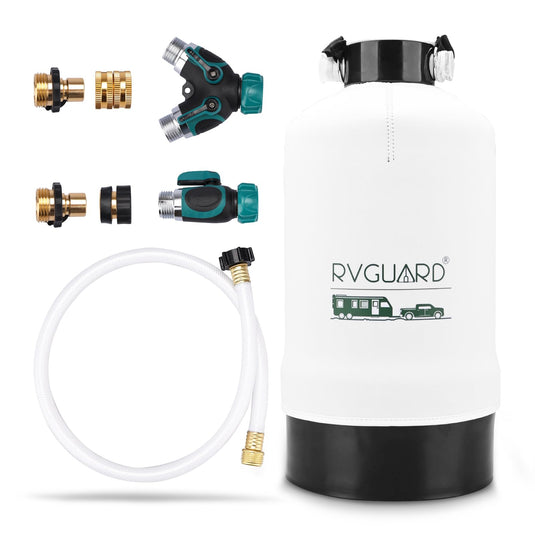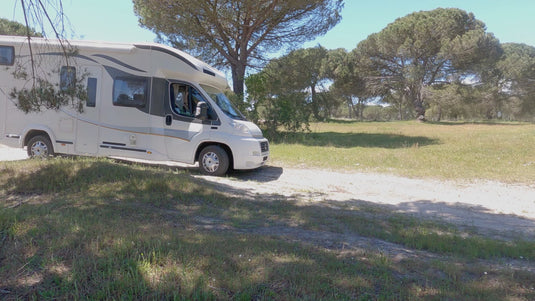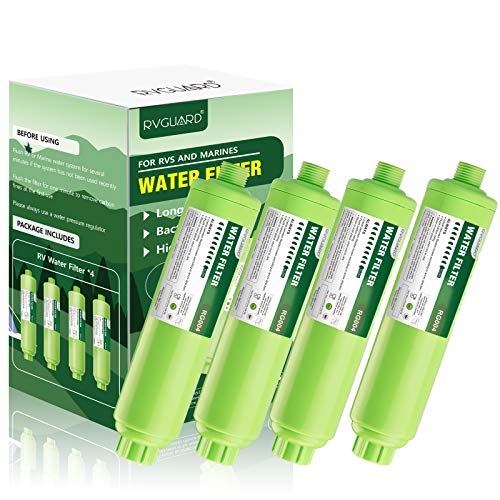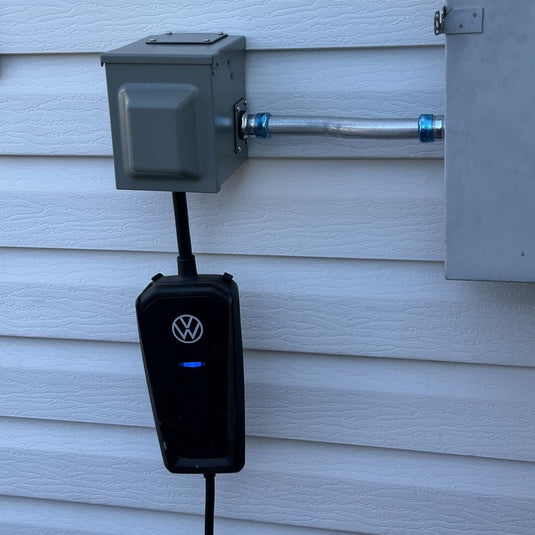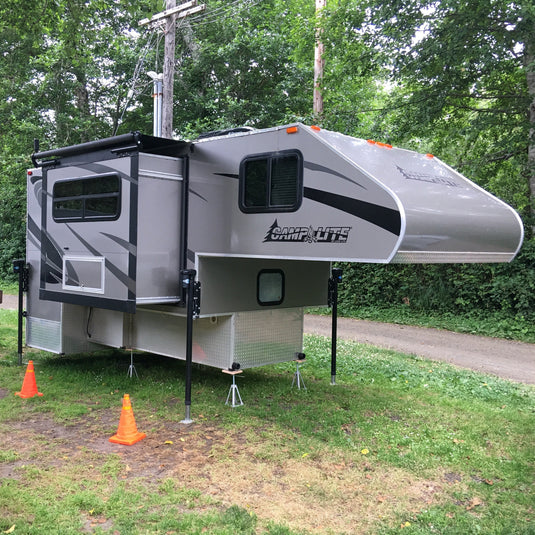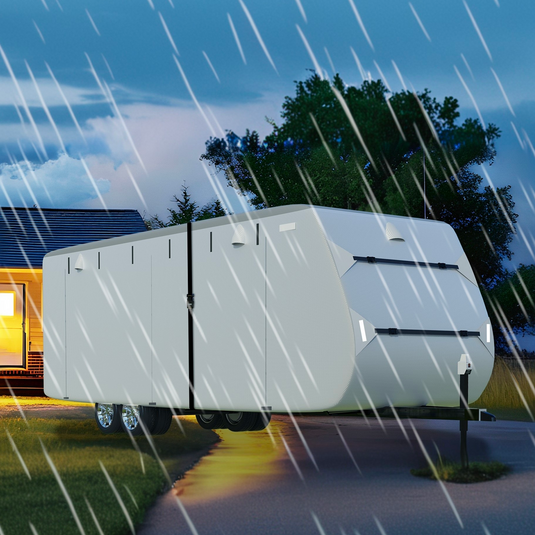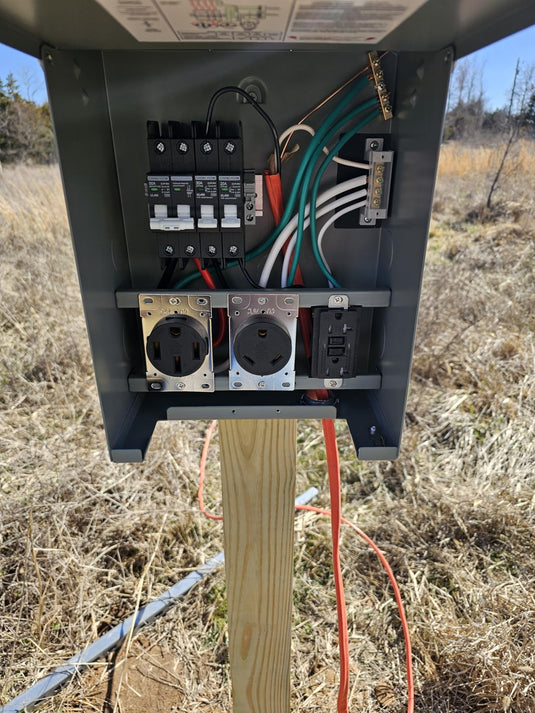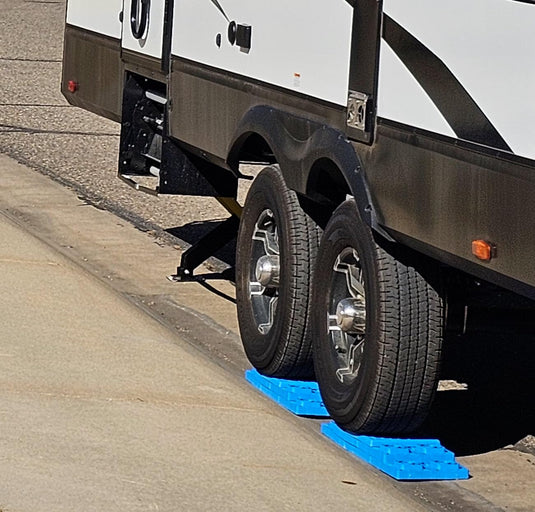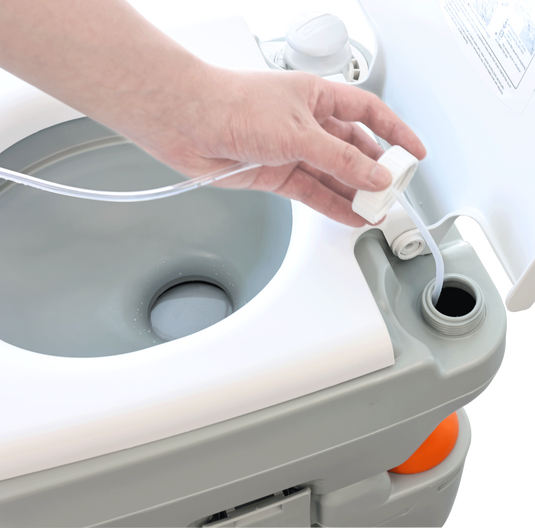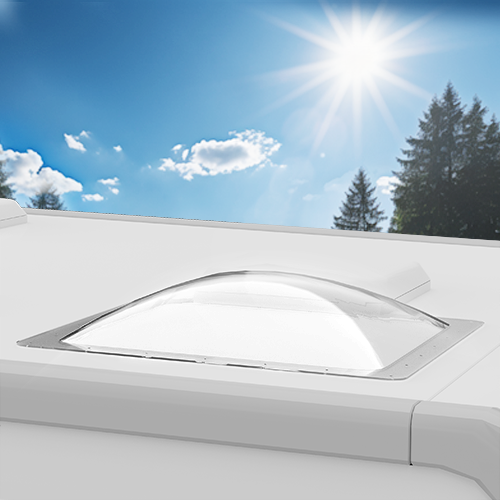
RV Water Safety After Storms: Proven Protection Strategies
According to EPA studies, water contamination risks spike by 300% after heavy rainfall. If you've ever faced murky water, strange odors, or clogged filters during RV trips, this storm preparedness guide reveals what actually works.
We’ll analyze:
🔬 How summer storms destroy RV water quality
🛡️ Why standard filters fail
💡 Smart solutions for clean water
Section 1: The Hidden Dangers of Rainy Season Water
1.1 Storm Frequency & Intensity (U.S. Specific)
| Region | Avg. Summer Storms | Max Rainfall/Hour | Critical Risk Window |
|---|---|---|---|
| Gulf Coast | 45-60 days | 3.2 inches | First 2 hours |
| Pacific NW | 25-35 days | 1.8 inches | 6-hour sustained rain |
| Midwest | 30-50 days | 2.5 inches | Post-storm flooding |
Key Insight: 78% of RV water system failures occur within 48 hours after rainfall.

1.2 How Storms Attack Your Water System
🟡 Threat #1: Sediment Avalanche
-
Problem: Rainwater carries 200-500mg/L of silt, clogging:
- Faucet aerators (20% flow reduction per storm)
- Water pump bearings (leading to $400+ repairs)
🔴 Threat #2: Bacterial Boom
- Lab Data: Stagnant water grows E. coli 8x faster at 85°F
- User Nightmare: "My RV water smelled like rotten eggs after a Florida storm" – actual forum quote
🟠 Threat #3: Chemical Contamination
- Agricultural Areas: 2,4-D herbicide levels spike 5x post-rain
- Urban Campgrounds: Gasoline/petroleum byproducts detected in 67% of samples
Section 2: Why Standard Filters Struggle
2.1 Industry-Wide Limitations
- Flow Rate Issues: RVIA testing shows basic filters lose 40% flow rate at 50 psi (common during pump surges)
- Sediment Capacity: NSF/ANSI 42 testing protocols reveal most RV filters clog at 1,000-2,000 gallons with turbid water
- Bacterial Gaps: WHO guidelines state carbon filters alone remove only 60-80% of pathogens without supplemental treatment
Alternative to Lab Claims:
*"Third-party testing by RV Water Filter Store (2023) compared popular filters:
- Standard models required replacement after 7-10 days of storm conditions
- RV water systems with KDF media maintained flow rates 3x longer"*
Section 3: Practical Solutions
3.1 Immediate Storm Response Protocol
-
Pre-Rain Prep
- Install filter upstream of freshwater tank (not just at faucet)
- Activate RV water softeners (resin degrades in low-mineral water)
-
During the Storm
- Check filter housing hourly for sediment buildup
- Collect first 5 gallons separately (likely contains flushed contaminants)
-
Post-Rain Maintenance
- Sanitize with hydrogen peroxide (safer than bleach for tanks)
- Inspect O-rings (humidity causes 70% of post-storm leaks)
3.2 How to Treat Stinky RV Water – Science-Backed Methods
If you detect odors:
✅ Sulfur Smell → Flush system with 1 cup baking soda + 5 gal water
✅ Musty Odors → Install secondary activated carbon filter
✅ Gasoline Taste → Immediately stop usage and test for VOCs
Section 4: Long-Term Protection Strategies
4.1 Hardware Upgrades
- Essential: RVGUARD water filter with KDF layer (proven heavy metal removal)
- Optional: UV purifier for bacterial hotspots (e.g., Florida/coastal areas)

4.2 Seasonal Maintenance Calendar
| Month | Action Item | Product Consideration |
|---|---|---|
| June | Pre-storm filter swap | High-capacity models |
| August | Softener resin refresh | Low-salt regeneration kits |
| October | Full system sanitization | Food-grade hydrogen peroxide |
Free shipping on all US orders over $60

